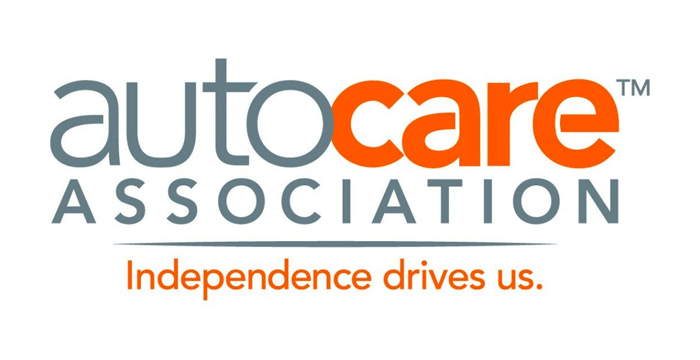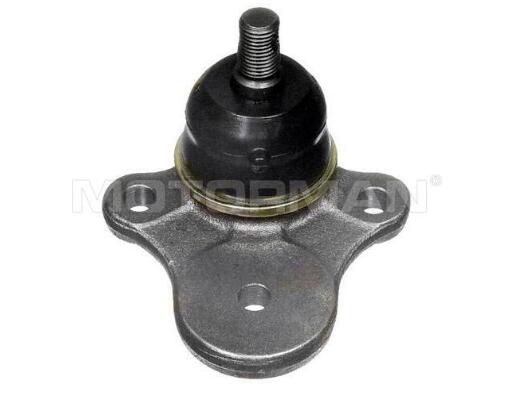Copyright © Motorman Auto Parts Inc All Rights Reserved

A description of the parts that need to be checked and/or replaced when you change your car CV joint; and how to do it right for the most cost-effectiveness.
We've all been there. You know that dreaded clicking and popping sound during a turn or while under load that causes you to realize that your car CV joints are done for. They need to be replaced but make sure you also check your CV boots for looseness, cracks or tears.
Damaged CV joints are a pretty good indication that dirt or water has mixed in with your grease - if it hasn't all leaked out. Torn outer car CV joints can also be hard on your wheel bearings because dirt or water probably has leaked in or grease has leaked out and the bearings have been run dry.
Here are some things you need to remember when you change your car CV joint:
1. Check for loose, torn or cracked boots.
2. Check to see how much grease is left.
3. Having grease does not guarantee that it hasn't been contaminated by dirt or water.
4. Check bearings for: scoring, noise or rough operation.
5. Replace bearings if they show signs of wear, damage or rust.
6. Always replace boots and hardware when you change your auto CV joint.
7. Check your axles for wear at this time.
This will ensure that you only have to do the job once. It may cost more up front but it will save you time, money and hassle in the long run. Always use a high-quality new replacement CV joint and heavy-duty replacement boot. This will insure that you will have many more miles of trouble-free riding.

Motorman Auto Parts Inc